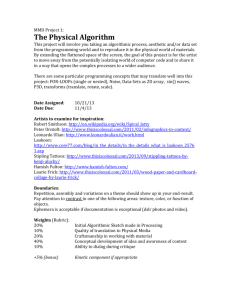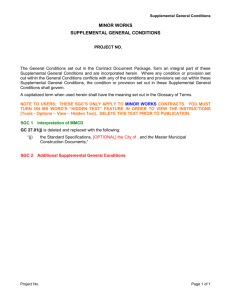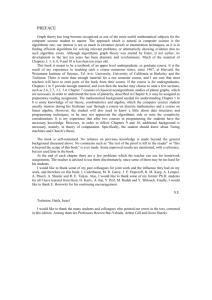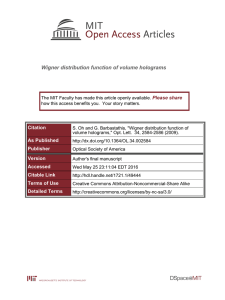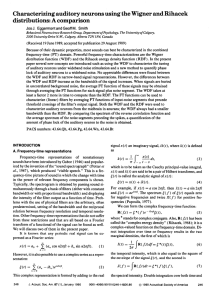WDF Reporting & High Risk Course Analysis Methods
advertisement
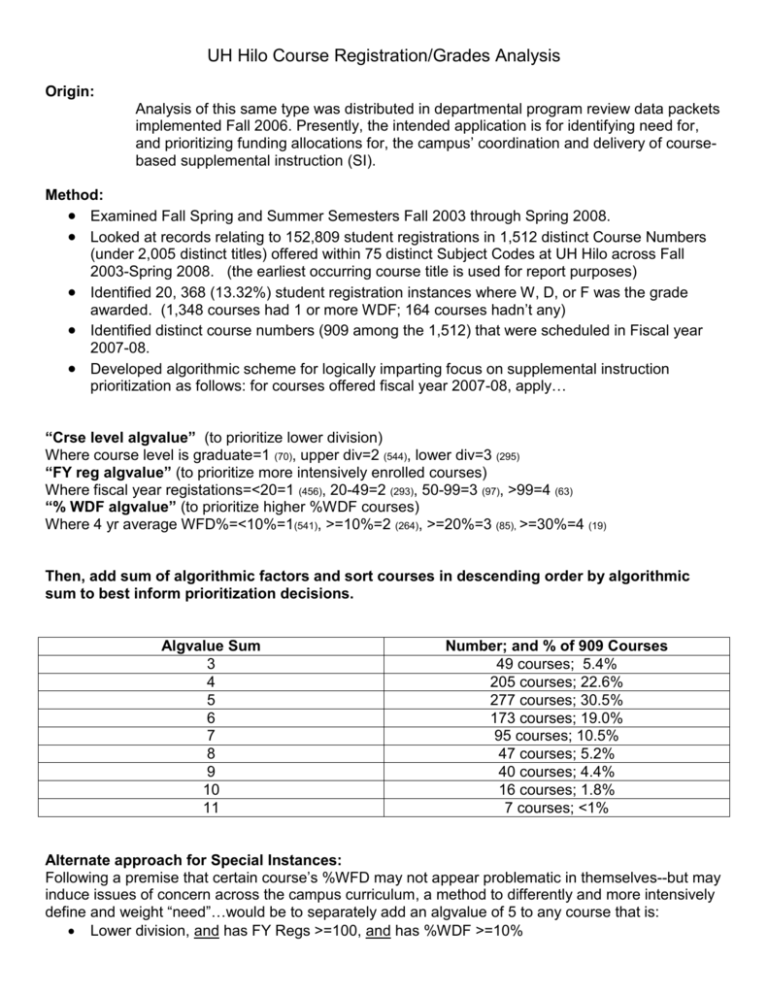
UH Hilo Course Registration/Grades Analysis Origin: Analysis of this same type was distributed in departmental program review data packets implemented Fall 2006. Presently, the intended application is for identifying need for, and prioritizing funding allocations for, the campus’ coordination and delivery of coursebased supplemental instruction (SI). Method: Examined Fall Spring and Summer Semesters Fall 2003 through Spring 2008. Looked at records relating to 152,809 student registrations in 1,512 distinct Course Numbers (under 2,005 distinct titles) offered within 75 distinct Subject Codes at UH Hilo across Fall 2003-Spring 2008. (the earliest occurring course title is used for report purposes) Identified 20, 368 (13.32%) student registration instances where W, D, or F was the grade awarded. (1,348 courses had 1 or more WDF; 164 courses hadn’t any) Identified distinct course numbers (909 among the 1,512) that were scheduled in Fiscal year 2007-08. Developed algorithmic scheme for logically imparting focus on supplemental instruction prioritization as follows: for courses offered fiscal year 2007-08, apply… “Crse level algvalue” (to prioritize lower division) Where course level is graduate=1 (70), upper div=2 (544), lower div=3 (295) “FY reg algvalue” (to prioritize more intensively enrolled courses) Where fiscal year registations=<20=1 (456), 20-49=2 (293), 50-99=3 (97), >99=4 (63) “% WDF algvalue” (to prioritize higher %WDF courses) Where 4 yr average WFD%=<10%=1(541), >=10%=2 (264), >=20%=3 (85), >=30%=4 (19) Then, add sum of algorithmic factors and sort courses in descending order by algorithmic sum to best inform prioritization decisions. Algvalue Sum 3 4 5 6 7 8 9 10 11 Number; and % of 909 Courses 49 courses; 5.4% 205 courses; 22.6% 277 courses; 30.5% 173 courses; 19.0% 95 courses; 10.5% 47 courses; 5.2% 40 courses; 4.4% 16 courses; 1.8% 7 courses; <1% Alternate approach for Special Instances: Following a premise that certain course’s %WFD may not appear problematic in themselves--but may induce issues of concern across the campus curriculum, a method to differently and more intensively define and weight “need”…would be to separately add an algvalue of 5 to any course that is: Lower division, and has FY Regs >=100, and has %WDF >=10% Outputs: a comprehensive (1,512 course) report sorted ascending by College/Division, Subject Code, Course Level, and descending within by course % of grades W, D, or F (which enables one to readily see what’s going on with specific course sequences within the disciplines for purposes of curricular/pedagogical review and revision). a comprehensive (1,512 course) report sorted simply descending by the course % of grades W, D, or F (which readily identifies 53 courses where the % W, D, or F is greater than 30%, and another 54 courses where the % W, D, or F is between 25% and 30%, and another 103 courses where the % W, D, or F is between 20% and 25%). a ranked listing of the top enrolled 50% (453) of the 909 courses offered Fiscal year 2007-08 for imparting focus on supplemental instruction prioritization. An algorithmically derived ranked listing of the 375 recently offered courses (excluding directed studies) falling within the top half of algorithmic sum possibilities (where algvalue sum max =11, courses with algvalue sum of 6 or greater numbered 375). This list is of potential use for departments and/or majors in continued planning of existing SI programs or generating new Supplemental Instruction proposals based on new identified need—perhaps focusing only on courses with a algsum value equal/above 7 or 8. A listing of 49 courses offered in FY 2007/08 that met “Special Instance” criteria. This list would be of potential use for departments to act upon of course, but also for academic/administrative purposes to ensure that Supplemental Instruction is considered or implemented for these specified courses (because of level, volume, and outcomes marginality—keeping in mind that the %WFD is a 4 yr average and that these are courses currently offered).



